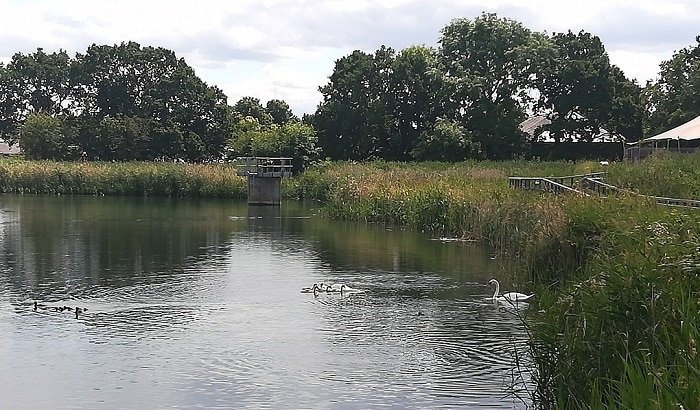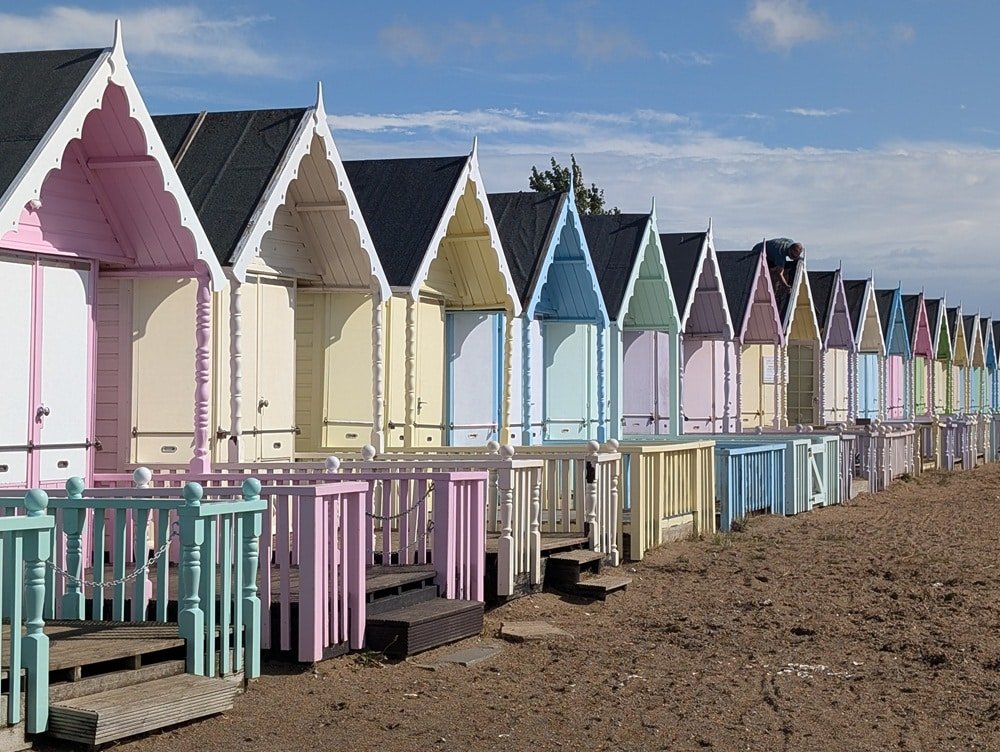
If you’re new to London, or just visiting, you might think chances to see a bit of nature are limited to the big parks (full of tourists) or to the weekend, when you can escape to the countryside. Yet England’s capital is actually bursting with relaxing gardens, tranquil woodland walks and wetlands… if you know where to look. In this occasional series, we introduce you to some of London’s beautiful green spaces.

Woodberry Wetlands

As you exit Manor House tube station onto the busy Seven Sisters Road, the last thing you might expect to encounter is a peaceful haven for wildlife. But that’s exactly what you will find at the nearby Woodberry Wetlands, a reservoir that opened to the public in 2016.
The walk from the tube station is a fascinating glimpse of London history. This area, Manor House and Stoke Newington, was once the site of some rather fancy houses during the Victorian era. That all changed in the mid-20th century when a need for post-war housing saw much of the land reclaimed for social housing projects. At one point, the neighbourhood was considered a prime example of modern social housing. Several decades of neglect followed and now you walk among a wonderful mix of old 1950s blocks of flats and new, modern apartments.

Then you turn a corner. Suddenly, all traffic and noise of the city seems to stop. Instead, an expanse of water stretches before you. Bird song and the sound of the breeze in the long grasses fill the air. It’s all quite tranquil. Were it not for the tower blocks behind you, you might never know you were in Britain’s busiest city.
The reservoirs here were constructed in 1833 but public access was not granted until just a few years ago. In 1992, Thames Water planned to sell them, with the expectation that they would be concreted over and used for development projects. Local residents had other ideas, however. They campaigned to save the reservoirs, clean up the chlorine-contaminated waters, and allow the wildlife to return. Eventually, the London Wildlife Trust partnered with Thames Water and, in 2016, this beautiful 11 hectares of wetlands opened to the public.

Today, birdwatchers come to see a variety of waterfowl, including swans, coots, and tufted ducks. Other visitors come to catch a glimpse of the toads, frogs and newts, while others simply come to enjoy the peace and quiet. As I wandered around, I couldn’t help but be reminded of how important these spaces are to city residents. This ability to reconnect with nature and the outdoors is so vital, both for wildlife preservation and for our own mental health.
Woodberry Wetlands is open daily from 9am to 5.30 pm. A boardwalk allows you to walk around the reservoir, while the Coal House Cafe serves coffee and meals throughout the day. For the safety of the wildlife, dogs are not permitted. Admission is free.




One thought on “London’s Green Spaces: Woodberry Wetlands”
Comments are closed.